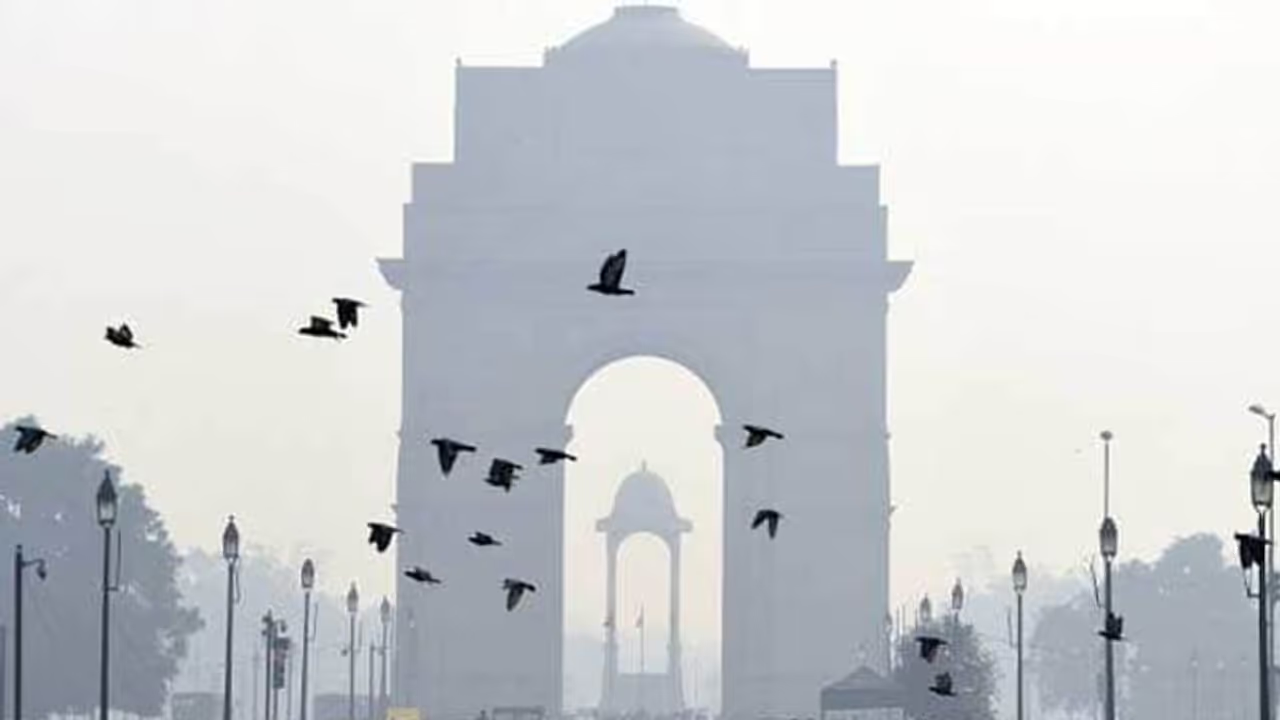Union minister Harshvardhan said that the Central Pollution Control Board (CPCB) has constituted a 41-member team, which will continuously monitor the air pollution levels and report to the board
New Delhi: Amid deteriorating air quality in Delhi, Union environment minister Harshvardhan on Monday launched the Air Quality Early Warning System.
It is developed in collaboration with the “most advanced” American and Finnish systems and will predict extreme air pollution levels in the city. It will have an in-built web-based dissemination tool to inform the public and enforcement agencies about episodic high pollution events in advance.
“Once we know that there is going to be deterioration in the quality of air in the next three days, then the environment ministry can step in,” the minister said.
Developed jointly by the scientists of the Indian Institute of Tropical Meteorology (IITM) Pune, National Centre for Medium Range Weather Forecasting, Noida and Indian Meteorological Department (IMD), the system will alert the public about air quality three days in advance.
The minister said that the Central Pollution Control Board (CPCB) has constituted a 41-member team, which will continuously monitor the air pollution levels and report to the board.
In the past one week, Delhi's air quality has worsened due to the burning of stubble in Haryana and Punjab.
On Sunday, Delhi's air quality was ‘poor’ and to fight this, the city has adopted an emergency plan - Graded Response Action Plan (GRAP). It was first implemented last year.
"If the air quality lies in moderate to poor category - measures like stopping garbage burning in landfills and other places, and enforcing all pollution control regulations in brick kilns and industries would be implemented," an official explained talking about GRAP.
"If the air quality falls in the very poor category, additional measures of stopping use of diesel generator sets, enhancing parking fees 3-4 times and increasing frequency of metro and buses would be implemented," he added.
He continued, "If the air quality falls in the severe category, additional measures would be implemented of increasing frequency of mechanised cleaning of roads, sprinkling of water on roads and identifying road stretches with high dust generation.
"If the air quality falls to severe plus emergency category, then measures like stopping entry of trucks into Delhi (except essential commodities), stopping construction activities and appointment of task force to take decision on any additional steps, including shutting of schools, are implemented."
According to reports, the burning of stubble, "shoots up the carbon dioxide levels in the air by 70%. The concentration of carbon monoxide and nitrogen dioxide also rises by 7% and 2.1% respectively, triggering respiratory and heart problems".
The change in the direction of wind affects Delhi's air as a result of stubble burning in Haryana, Punjab and Uttar Pradesh, according to an expert.
"The change in (wind) direction from easterly to northwesterly coincides with the crop-burning season. During summer, these winds carry dust from arid regions. For Delhi, the situation is bad because the base pollution is already high. This (base pollution) is much lower in parts of Haryana and Punjab," RK Jenamani, head of the meteorological centre at the IGI Airport, was quoted as saying by The Indian Express.
A study by the National Physical Laboratory in 2016, which looked at the chemical composition of particulate matter (PM), said that in winter, 46% of PM 2.5 comes to the capital via northwesterly winds from the northern part of India and Pakistan. It added that 24% of PM 2.5 is generated by Delhi-NCR, while another 30% blows in from UP, Bihar and Uttarakhand, the newspaper reported.
The air quality of Delhi, from October 5 to 14, shows it to be 'poor' on most days. Only for two days, on October 7 and 12, it was 'moderate', according to CPCB.
